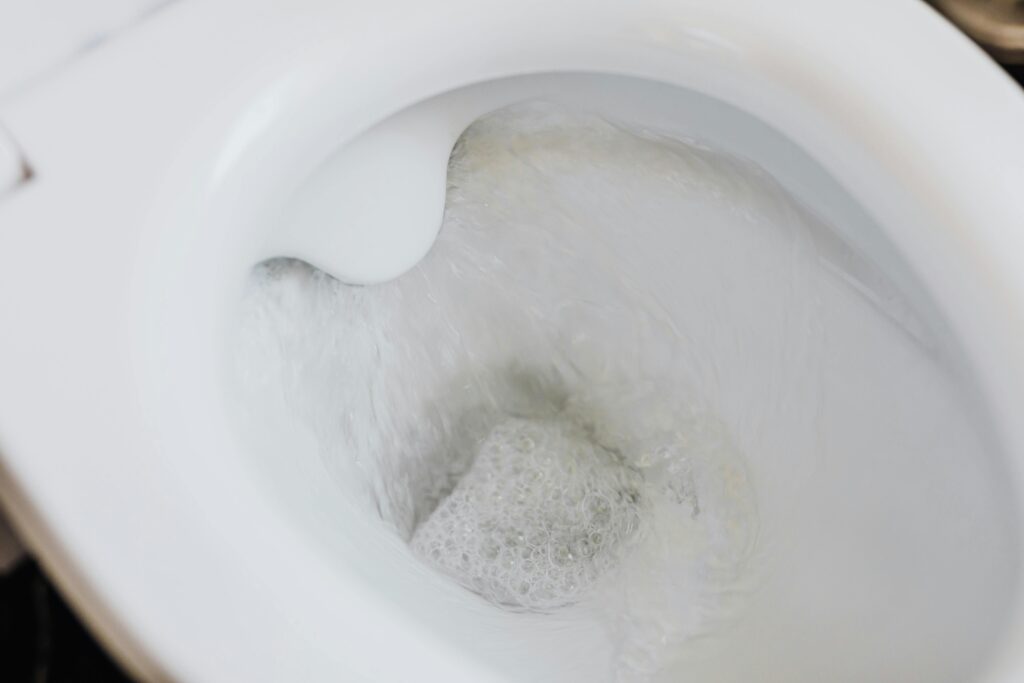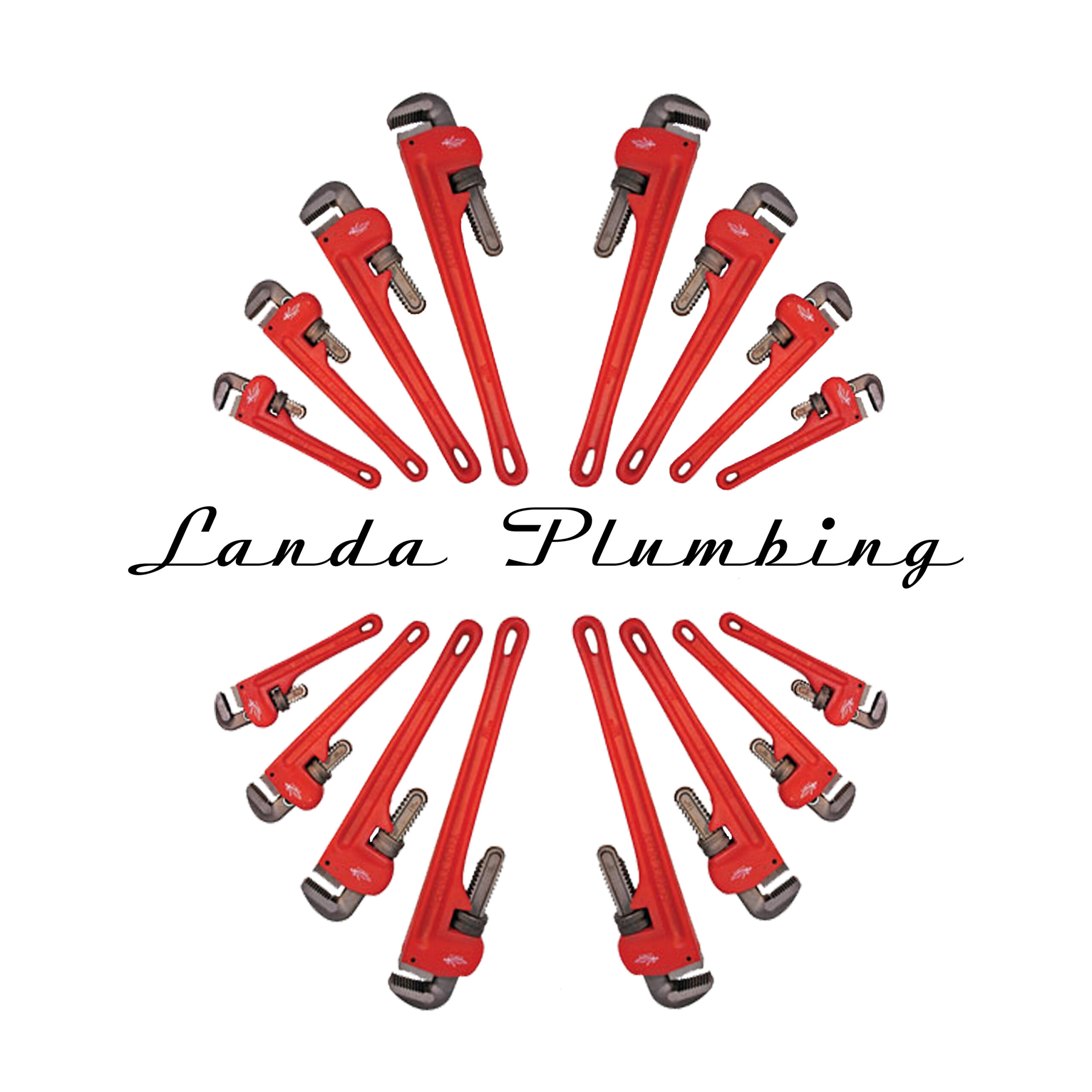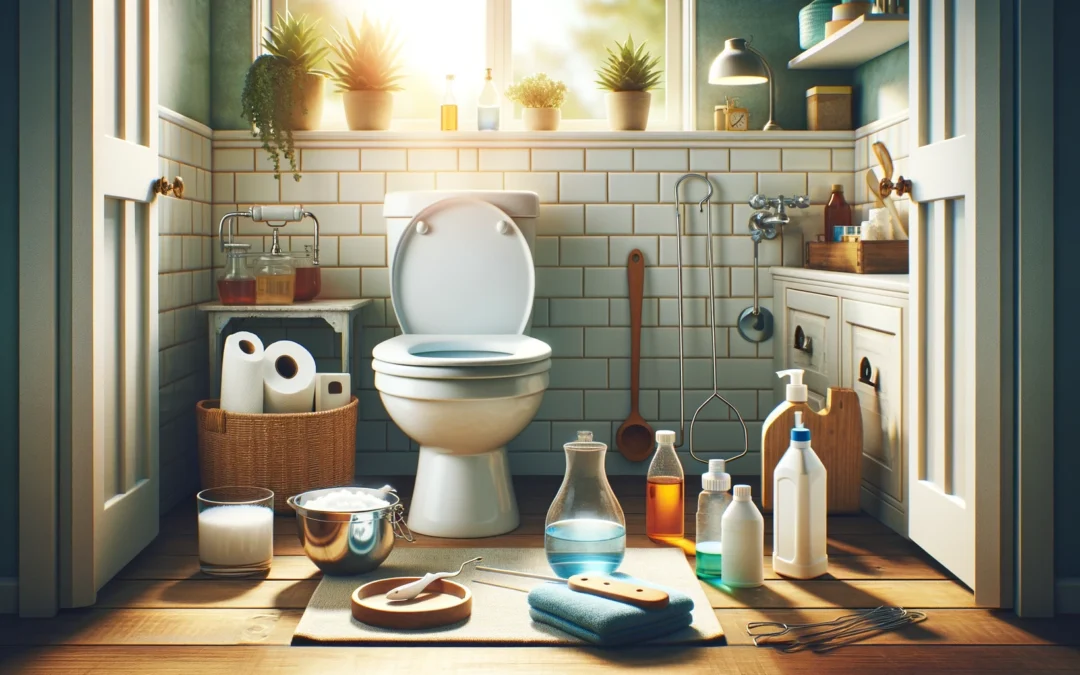Oh no! You’ve encountered a plumbing predicament – a clogged toilet, and to make matters worse, you don’t have a plunger on hand. Don’t panic!
While a plunger is the ideal tool for this situation, there are several effective methods to unclog a toilet without one.
A clogged toilet can be a major inconvenience, and letting the issue linger can lead to a bigger mess. But fear not! In this blog post, we’ll explore various techniques you can use to get your toilet functioning properly again, all without needing a plunger. We’ll provide step-by-step instructions for each method, ensuring a smooth and mess-free resolution to your “clogged toilet no plunger” dilemma.
Understanding the Clog: Why Toilets Get Backed Up
If you’re in an actual clogged toilet no plunger emergency, scroll ahead to the next section. If you’ve got a moment, let’s take a moment to understand the enemy that is the Toilet Clog.
Toilets are designed to handle waste and toilet paper, but sometimes things go awry.
Here are the usual suspects behind a clogged toilet:
- Flushing the Unflushables: This is a major culprit. Items like baby wipes, feminine hygiene products, dental floss, and even kitty litter can’t break down like toilet paper and create a blockage in the pipes.
- Too Much of a Good Thing: While toilet paper is essential, using excessive amounts can overwhelm the system, leading to a clog. Consider using a different brand or encouraging smaller flushes.
- Low-Flow Foes: While eco-friendly low-flow toilets conserve water, they sometimes lack the flushing power of their water-guzzling predecessors. If you have a low-flow toilet and frequent clogs, consider a carefully aimed and powerful flush using a bucket of water (more on that later!).
Remember, prevention is always the best medicine. By being mindful of what goes down the toilet and using toilet paper strategically, you can significantly reduce the chances of a clog.
But even the most vigilant bathroom warriors encounter clogs from time to time. The good news? We’ve got solutions!
Immediate Steps to Take: Stop, Assess, Strategize
Before we unleash our unclogging arsenal, let’s take some crucial first steps to prevent the situation from worsening.
1. Stop the Flow
A clogged toilet with rising water is a recipe for disaster! Act fast to stop more water from entering the bowl and potentially overflowing.
Locate the shut-off valve behind the toilet. It’s usually a knob or lever that turns clockwise to close. Turn it firmly until you hear a click or feel resistance. This will prevent the tank from refilling and creating a bigger mess.
2. Assess the Situation
Now, take a deep breath and assess the clog. Is the water level rising rapidly, or is it a slow and steady climb? Is there any standing water in the bowl, or is it completely backed up?
Knowing the severity of the clog will help you choose the most effective unclogging method. For instance, a minor clog with some standing water might respond well to a homemade solution, while a major backup with rapidly rising water might require a more aggressive approach.

No Plunger, No Problem: DIY Solutions for Unclogging a Toilet Without a Plunger
Alright, the water flow has stopped, and you’ve assessed the clog. Now it’s time to unleash your inner plumbing pro!
Here are some effective methods to unclog your toilet without needing a plunger:
1. Hot Water and Dish Soap
This simple method can often dislodge minor clogs. Boil a pot of water and carefully pour it into the toilet bowl. The hot water can help loosen up any greasy materials causing the blockage.
After waiting a few minutes, add a generous squirt of dish soap. The soap can further lubricate the clog and help it move along. Let it sit for another 15 minutes, then flush the toilet to see if the clog is cleared.
2. Baking Soda and Vinegar
This classic combination creates a fizzy reaction that can break down mild to moderate clogs. Pour one cup of baking soda into the toilet bowl, followed by two cups of white vinegar.
Be prepared for some fizzing and bubbling! This reaction can help loosen the clog. Let it sit for at least 30 minutes, then flush the toilet. You can repeat this process if needed.
3. Wire Hanger Method (Use with Caution)
If the clog seems deeper in the pipes, you can try a DIY plumbing tool. Unbend a wire hanger and create a small hook at the end. Carefully insert the hooked end into the toilet drain. Gently fish around to try and break up the clog. Be very cautious not to force anything or scratch the porcelain. Once you’ve (hopefully) dislodged the clog, remove the hanger and flush the toilet to see if the problem is resolved.
After using the hanger, it’s important to properly dispose of or clean it, depending on its condition and your future needs. If the hanger is damaged or you prefer not to keep it, wrap it in paper or plastic and discard it responsibly to avoid injury or spreading germs. If you plan to clean and keep the hanger, wearing gloves, rinse it thoroughly under hot water, and apply a disinfectant or a mixture of bleach and water to sanitize it. Allow the hanger to dry completely before storing it or using it again for any other purpose.
4. Epsom Salts or Bath Bomb (Surprise Weapon)
Here’s an unexpected weapon in your unclogging arsenal! Epsom salts or a bath bomb can create a fizzing reaction similar to baking soda and vinegar. Pour a cup of Epsom salts or drop a bath bomb into the toilet bowl. The fizzing action can help dislodge the clog. Let it sit for 30 minutes, then flush the toilet.
Remember: Safety first! When using any of these methods, be cautious and avoid splashing or overflows. If the clog persists after trying these methods, it might be time to call a professional plumber.
When to Call a Professional Plumber
You’ve valiantly attempted to unclog your toilet using the DIY methods above, but sometimes even the most resourceful homeowner needs to call in reinforcements. Here are some signs it’s time to bring in a professional plumber:
- Persistent Clogs: If you’ve tried multiple methods and the clog just won’t budge, it’s a sign of a deeper issue. A plumber has the tools and expertise to diagnose the problem, whether it’s a blockage in the main sewer line or a more complex issue within the toilet itself.
- Risk of Damage: If you’re unsure about the cause of the clog or the best way to tackle it, attempting further DIY methods could actually worsen the situation. For example, forcing a clog with a rusty wire hanger could damage the pipes. A professional plumber can assess the situation and employ the safest and most effective methods to resolve the clog without causing further problems.
- Safety First: Safety should always be your top priority. If there’s a risk of overflowing sewage or if you’re uncomfortable with any of the DIY methods, don’t hesitate to call a plumber. Remember, they’re the experts, and their intervention can save you time, money, and a potential plumbing disaster!
Banishing the Blockage: Preventative Measures
Conquering a clogged toilet is a feat worthy of celebration, but wouldn’t it be better to avoid the battle altogether?
Here are some preventative measures to keep your toilet flowing freely:
1. Regular Maintenance: Every few months, pour a pot of hot water down the toilet to help clear any buildup in the pipes. This can be a simple yet effective way to prevent minor clogs before they start.
2. Know What Not to Flush: Your toilet is not a trash can! Only flush waste and toilet paper. Avoid flushing items like baby wipes, feminine hygiene products, dental floss, cotton swabs, or anything else that doesn’t readily disintegrate in water. Even if a product is labeled “flushable,” it’s best to err on the side of caution and dispose of it in the trash.
3. The Importance of a Plunger: While you may have triumphed without one this time, a plunger is an essential tool for any bathroom user. Invest in a good-quality plunger and keep it easily accessible in your bathroom. Having a plunger on hand can save you time, frustration, and the potential need to call a plumber in the future.
By following these simple preventative measures, you can significantly reduce your chances of encountering a clogged toilet.
But remember, even the most vigilant bathroom users face clogs from time to time. That’s why this guide is here – to equip you with the knowledge and tools to tackle those clogs head-on, with or without a plunger!
Conquering Clogs and Keeping Your Pipes Happy
So there you have it! Even without a plunger, you’re now armed with an arsenal of effective methods to tackle a clogged toilet – from the fizzy power of baking soda and vinegar to the surprising punch of Epsom salts. Remember, prevention is key! By practicing good toilet habits and performing occasional hot water maintenance, you can significantly reduce the risk of clogs.
If you encounter a clog, stay calm and assess the situation. Try the DIY methods outlined in this guide, but don’t hesitate to call a professional plumber if the clog persists or if you’re unsure about the best course of action.
For fast, reliable, and expert plumbing services, contact Landa Plumbing today! Our licensed plumbers are available to tackle any plumbing issue, big or small. We’ll get your toilet functioning properly again in no time, so you can get back to more important things.
Visit our website or call us at (925) 529-1045 to schedule an appointment and experience the Landa Plumbing difference!

